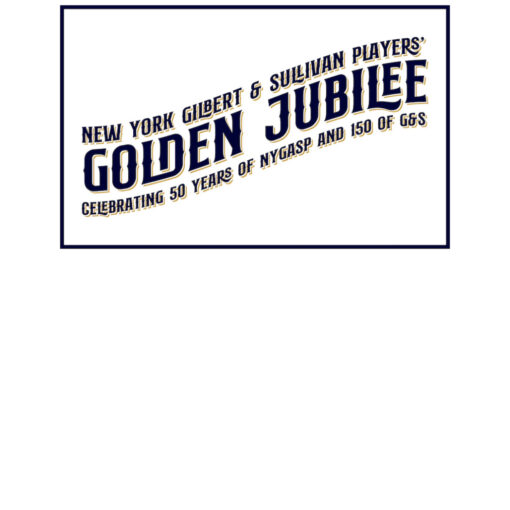By Mo
Ainadamar, composed by Osvaldo Golijov, is a compelling opera that intertwines the
historical and the poetic, creating a deeply moving narrative experience. The opera, whose title translates to “Fountain of Tears,” delves into the life and legacy of the Spanish poet and playwright Federico García Lorca, exploring themes of art, politics, and martyrdom. Through a rich tapestry of musical styles and dramatic storytelling, Golijov captures the emotional intensity and cultural significance of Lorca’s life and work, making Ainadamar a powerful testament to the enduring impact of artistic expression.
The Metropolitan Opera presented a staging of Osvaldo Golijov’s Ainadamar from October 15 to November 9. November 2nd was the day I decided to go watch it. Elena Villalón played Nuria, Daniela Mack played Federico García Lorca, and Angel Blue played Margarita Xirgu. Ramón Ruiz Alonso was portrayed by famed flamenco vocalist Alfredo Tejada. Miguel Harth-Bedoya conducted the show, which was his first time at the Met. Deborah Colker, who choreographed for Cirque du Soleil, directed it. Through the recollections of Lorca’s muse, Margarita, the opera deftly combines flamenco rhythms, orchestral textures, and narrative depth to depict his life and persecution. Multimedia effects and flamenco dancing were used in the Metropolitan Opera’s staging to increase its dramatic and emotional impact. With solo dancers Isaac Tovar and Sonia Olla, Antonio Najarro’s explosive flamenco choreography was included in the production. Jon Bausor’s set and graphics, together with Tal Rosner’s projections, added to the opera’s surreal atmosphere as it explored themes of creativity, freedom, and political tyranny through time and memory.
The ability of Ainadamar’s composer, Osvaldo Golijov, to combine several musical
traditions into very moving pieces makes him fascinating. Because of his Argentinian and Jewish heritage, he may be influenced by a wide range of styles, such as Latin American folk music, European classical music, and Jewish ritual tones. In the realm of contemporary classical music, no one compares to Osvaldo Golijov. Even though he is not considered a member of the “Classical Canon” in the same sense as composers like Bach, Beethoven, or Mozart, his inventive style which blends classical forms with a wide range of influences froths own background and other global genres— has garnered him widespread praise in contemporary classical circles. For instance, I think that the emotional influence in particular, Golijov uses vocal and instrumental textures to evoke intense emotional responses, from transcendence to despair, in its depiction of Federico García Lorca’s life and legacy. Music becomes more lucid and repetitive as you listen to a recording often, allowing you to focus on the details, including phrasing and technique. Because of their spontaneity and immediacy, live performances can strengthen emotional bonds, yet recordings may feel more regulated and intimate. Both genres significantly affect musical enjoyment despite their distinctions.
Ainadamar’s performance was a great success. The physically and conceptually coherent setting complemented the artists’ emotional commitment and deft musicianship. Because of the opera’s serious subject matter, the formal setting was suitable, and the actors didn’t have to. address the audience to keep them interested. An amazing encounter was guaranteed by their appearance on stage and the poignant songs. I wanted to see this performance again because of the artists’ exceptional command of Golijov’s difficult material and their emotional depth in telling such a moving story. Their skill in conveying the emotional and historical significance of Lorca’s life and death, in addition to the opera’s potent musical language, was incredibly captivating.
Osvaldo Golijov’s rendition of Ainadamar was a deeply poignant and unforgettable event. It surpassed expectations in every aspect, from the actors’ emotional depth to the music’s deft execution. The audience was drawn into the story by the actors’ extraordinary talent, especially in their emotional intensity and vocal delivery. The orchestra and singers’ synchronization enhanced the drama, while the stage design and costumes emphasized the opera’s emotional and cultural depths. Undoubtedly, this was a fantastic event that was technically perfect, emotionally powerful, and full of artistic talent. Everyone who enjoys opera, modern classical music, or compositions that delve deeply into historical and cultural topics will enjoy this presentation. Without a doubt, I would suggest Ainadamar to a friend, especially to those who value avant-garde opera and compelling musical narrative. The captivating blend of music, story, and emotional involvement makes this an experience worth repeating, regardless of whether the
audience is an opera enthusiast or a novice.
Work Cite
❖ https://www.metopera.org/season/2024-25-season/ainadamar/
❖ https://www.youtube.com/watch?v=S5fHBKwgbRY
❖ https://www.youtube.com/watch?v=P51dlynAKxU
❖ https://archives.metopera.org/MetOperaSearch/record.jsp?dockey=0387593
❖ https://andymanshel.nyc/2024/10/18/ainadamar-review-fascism-and-flamenco-at-the-met
-opera/

